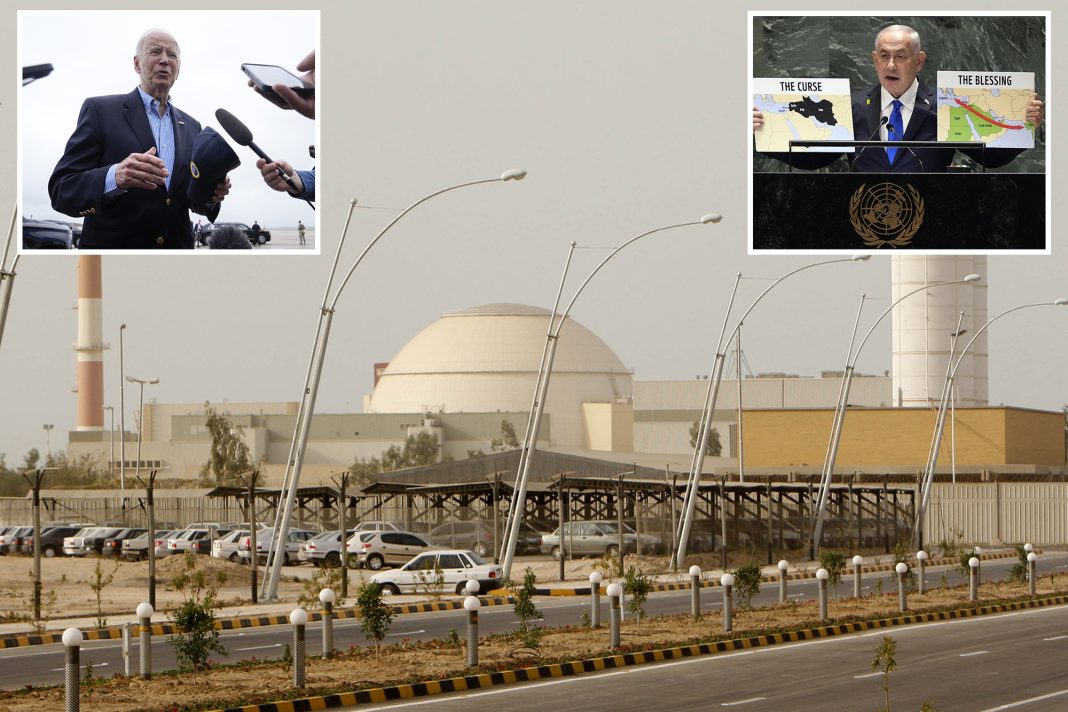In recent months, the Chinese economy has been a focal point of concern among economists and analysts, as indicators suggest a troubling trend of contraction and instability. On September 30, the National Bureau of Statistics (NBS) released the manufacturing purchasing managers’ index (PMI) for September, revealing a reading of 49.8%. This marks the fifth consecutive month where the PMI has fallen below the critical threshold of 50%, which indicates economic contraction. Such ongoing declines signal a persistent downturn in both the manufacturing and service sectors, raising alarms about the potential for a deeper economic crisis.
The PMI serves as a crucial barometer for economic health, reflecting the prevailing conditions in the manufacturing sector. A reading below 50 suggests that businesses are experiencing a contraction in activity, and recent data from Caixin, a prominent Chinese financial news outlet, corroborates these findings. Their report indicated a PMI of 49.3 for September, a drop of 1.1 percentage points from August and the lowest figure recorded since August 2023. The report emphasized that the manufacturing sector contracted at its fastest rate in 14 months, driven by shrinking demand and a weakening labor market.
Delving deeper into the NBS data, we find that four out of five sub-indexes of the manufacturing PMI were in contraction territory. The production index, which surprisingly registered at 51.2%, provided a glimmer of hope amidst the overall bleak outlook, yet the new orders index languished at 49.9%, indicating a decline in market demand. The employment index also reflected a worrying trend at 48.2%, suggesting that businesses are reluctant to hire amidst uncertain economic conditions.
Adding to the complexity, China’s non-manufacturing sector PMI was reported at a neutral 50.0, down from 50.3 in August, marking it the lowest level since September 2023. This stagnation in the services sector suggests a broader malaise across the economy. The new orders index for the non-manufacturing sector plummeted to 44.2%, further indicating faltering demand.
In response to these chilling indicators, the People’s Bank of China announced its largest stimulus package since the COVID-19 outbreak on September 24. This package included significant interest rate cuts and adjustments to the deposit reserve ratio, which together are intended to inject approximately 1 trillion yuan (around $142 billion) into the economy. While such measures led to a notable rebound in China’s stock market—where indexes surged to levels not seen in months—experts caution that this rebound may be more about market speculation than genuine economic recovery.
Sun Kuo-hsiang, a professor of international affairs and business at Nanhua University, highlighted the disconnect between the stock market’s performance and the underlying economic realities. He remarked, “The rise in the stock market deviates from basic economic conditions, showing that the market is more based on speculation rather than optimistic expectations for economic recovery.” This sentiment echoes the views of Chinese-American economist Davy J. Wong, who pointed out that the persistent PMI readings below 50 reflect a stagnant demand and shrinking economic activity.
Wong elaborated on the structural issues plaguing the Chinese economy, noting the increasing dominance of state-owned enterprises over the private sector as a significant factor in the current stagnation. “A large number of state-owned enterprises have seized the market of private enterprises,” he explained, underscoring the tension between state intervention and private sector vitality. Moreover, the withdrawal of foreign investment and a decline in exports, particularly to Western markets, have compounded these challenges.
Despite the monetary easing measures introduced, experts like Sun and Wong are skeptical about their long-term efficacy. Sun warned that without deep structural reforms, these stimulus initiatives would likely exacerbate existing financial risks and could even precipitate a larger economic crisis. Wong added that the economy is currently in a “liquidity trap,” where funds released through stimulus measures fail to stimulate genuine economic activity due to lack of demand.
The current economic landscape in China serves as a stark reminder of the delicate balance between government intervention and market dynamics. While short-term measures may provide temporary relief, the absence of substantive structural reforms leaves the economy vulnerable to continued instability and contraction. As analysts and economists closely monitor these developments, it is clear that the road ahead for China will require not just immediate fixes, but a profound rethinking of its economic model to foster sustainable growth in the future.

